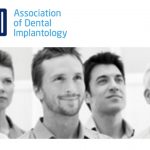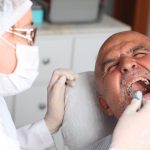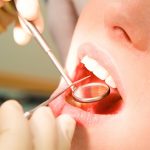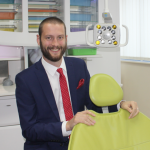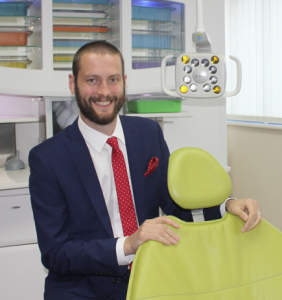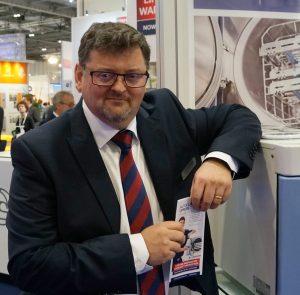Nishan Dixit, Scientific Director of the BACD, talks about the upcoming Annual Conference
When creating the programme this year, we wanted to focus on everyday dentistry. After last year’s digital theme, it was about getting back to the basics. The theme of the conference this year is FAB – Function, Aesthetics, Biology – essentially, we all want to do dentistry that’s functional, aesthetic, and biologically kind to the patient.
Our keynote speaker this year is Dr Francesca Vailati, who is probably the world’s most renowned clinician when it comes to restoring tooth surface loss with composite, using The 3-Step technique.
There are a few key differences compared to previous years, one of which is that we’ve responded to member requests and suggestions when developing the programme. We have tried to facilitate panel discussions as these have always received good feedback, and this year’s discussion is slightly different as we’re looking at how to handle the soft tissues around both teeth and implants – ultimately, this has a big impact on clinical outcomes. The panel will consist of Dr Nikos Mardas, Dr Boota Ubhi and Dr Roberto Rossi, and will be chaired by Dr Ken Harris.
As always, we have hands-on workshops that are pertinent to the type of work we do. This year they focus on prep design, anterior and posterior composites and treatment planning in orthodontics. The idea – for the last three or four years – has been to provide different speakers and a variety of topics for the hands-on sessions. Further, we will have a variety of world-renowned clinicians giving hints and tips on the way they deliver the type of work that they do. In fact, this is the first time we’ll be offering a hands-on workshop on prep design, with Dr Attiq Rahman.
In a move towards something more laboratory based, Phil Reddington is speaking about wax-ups. This is a hands-on session, too, and could prove very useful. Most of us will have dealt with wax-ups in dental school, but we still have to use the fundamentals of waxing up to build up our composites. It’s a case of going back to the building blocks of dentistry, and it’s looking at what we have learnt and how we can apply it to achieve better, more predictable results.
We also have a morning session on Saturday dedicated to all things ceramic – from prep design to the various types that are available to us. The speakers for this are Dr Markus Blatz, Dr Stefano Conti and Dr Maxim Belograd.
Overall, the take-away message from this conference will be to look more deeply at everyday dentistry, and understand how you can apply what you’ve learnt to enhance your clinical skills.
The BACD conference is also always a great opportunity for networking,
at its core, though, people should come for education and inspiration.





